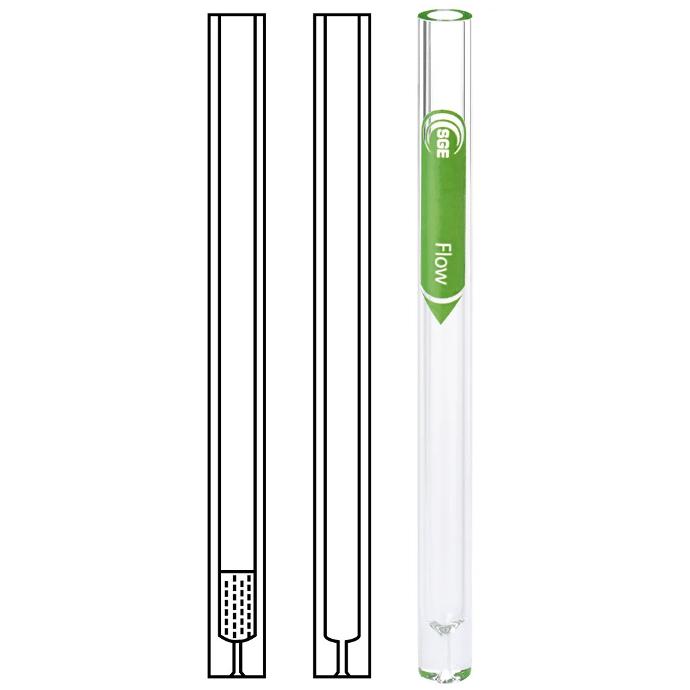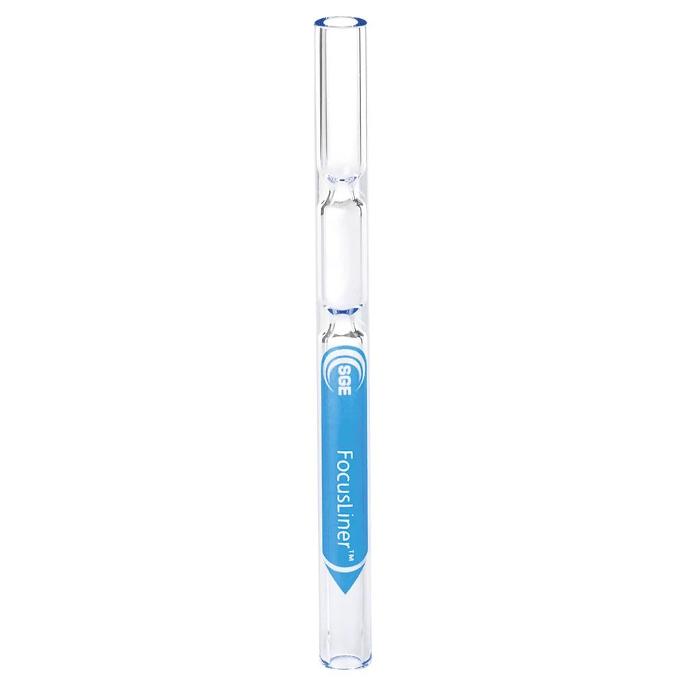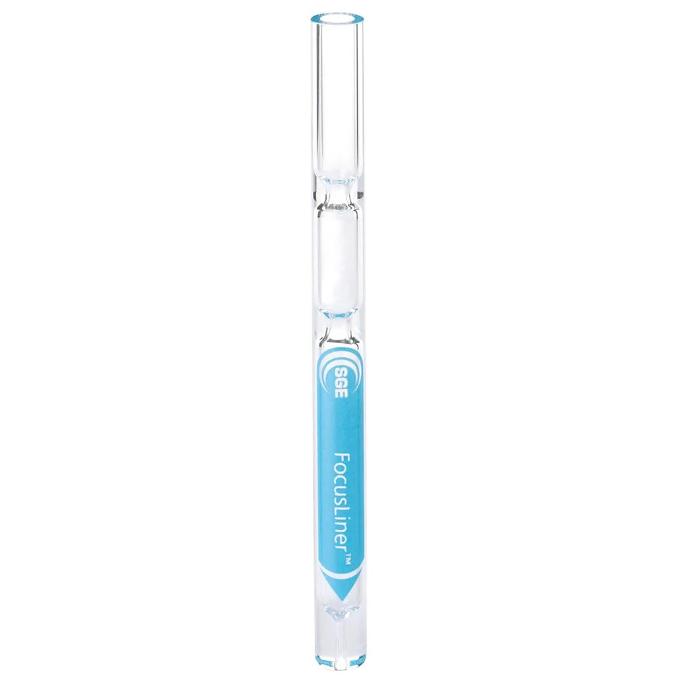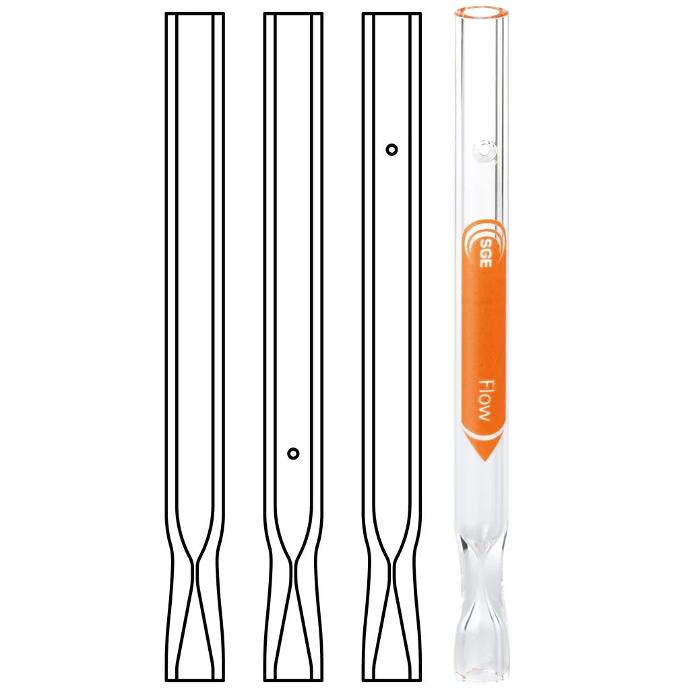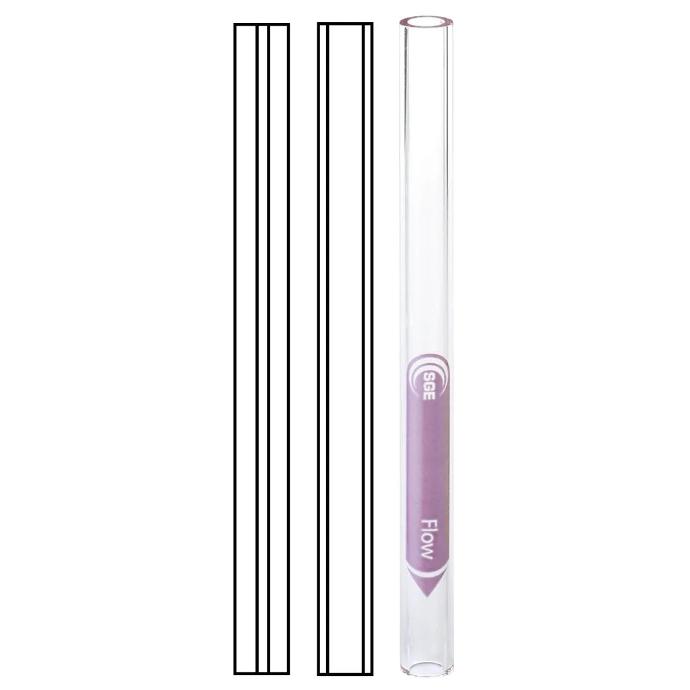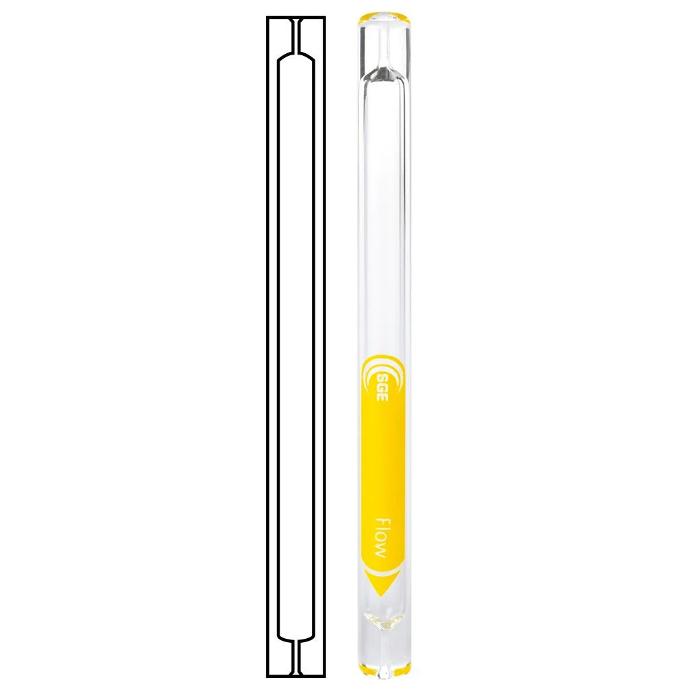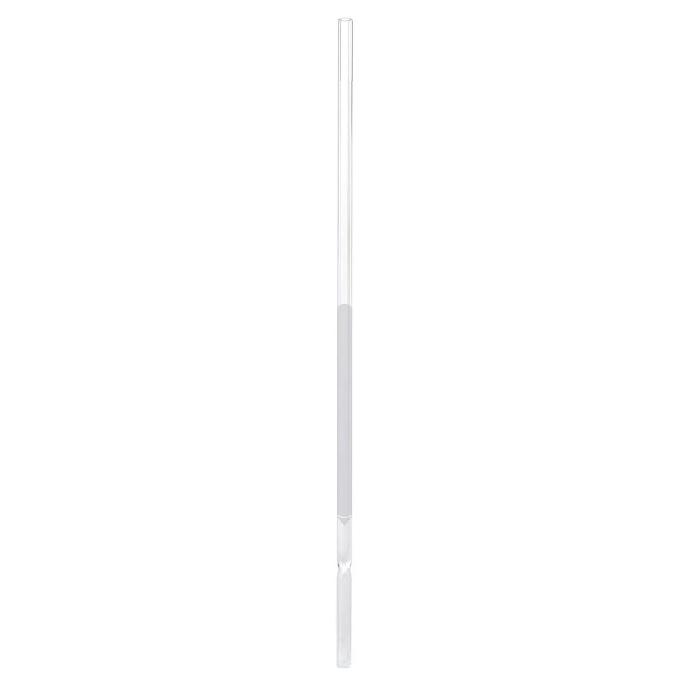Inlet Liners
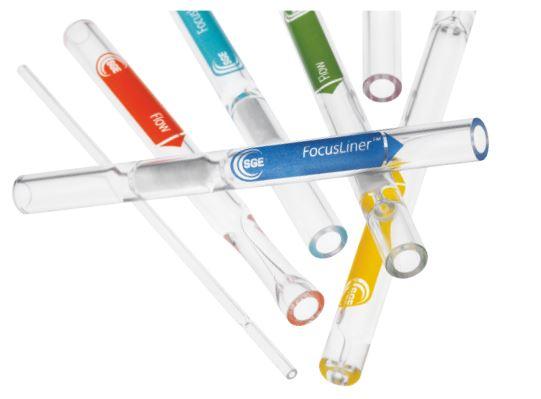
Inlet Liners
Confidence in your Analysis
The purpose of an inlet liner in a GC system is to allow a sample injected in the liquid phase to pass into the gaseous phase and onto the GC column. The elevated temperature used in the GC inlet vaporizes the liquid sample into a gaseous sample for transfer to the GC column. During the transition from a liquid to a gas, there is a change in the volume and the liner must be able to contain this volume. If the volume is too large, the sample is lost, impacting reproducibility and sensitivity.
Important considerations when selecting inlet liners:
- Must not react with the sample.
- The liner volume must be larger than the volume of vaporized sample.
- The liner should minimize discrimination not promote it.
- Adding quartz wool increases the surface area and promotes mixing.
- Inlet liners should be deactivated, especially for analysis of polar solutes and for splitless injections.
- Wool should be placed in the optimum position.

Guaranteed Compatibility with Agilent, Varian, Shimadzu, PerkinElmer, and More.
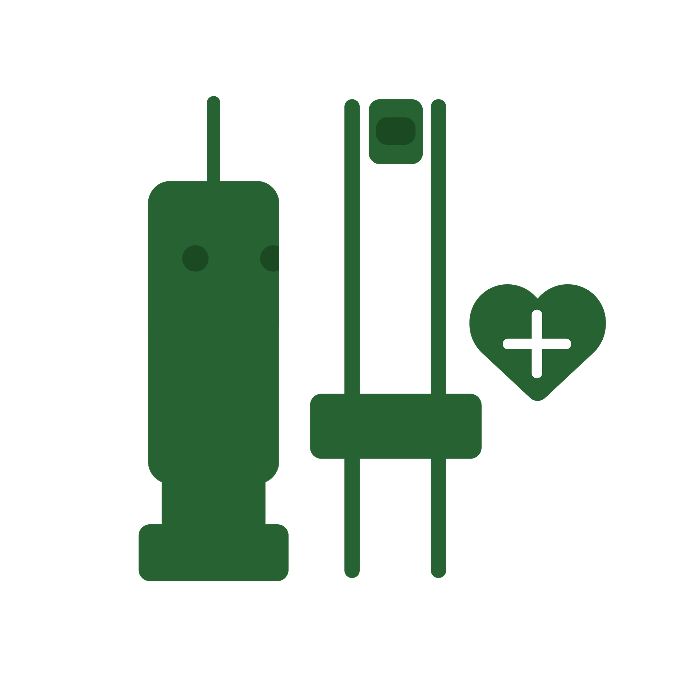
Extra-Long-Life
Multipliers & Filaments

Manufactured
in the USA

Increase Instrument
Uptime

Industry-Leading
Linearity

Used by OEMs in
Premium Instruments


